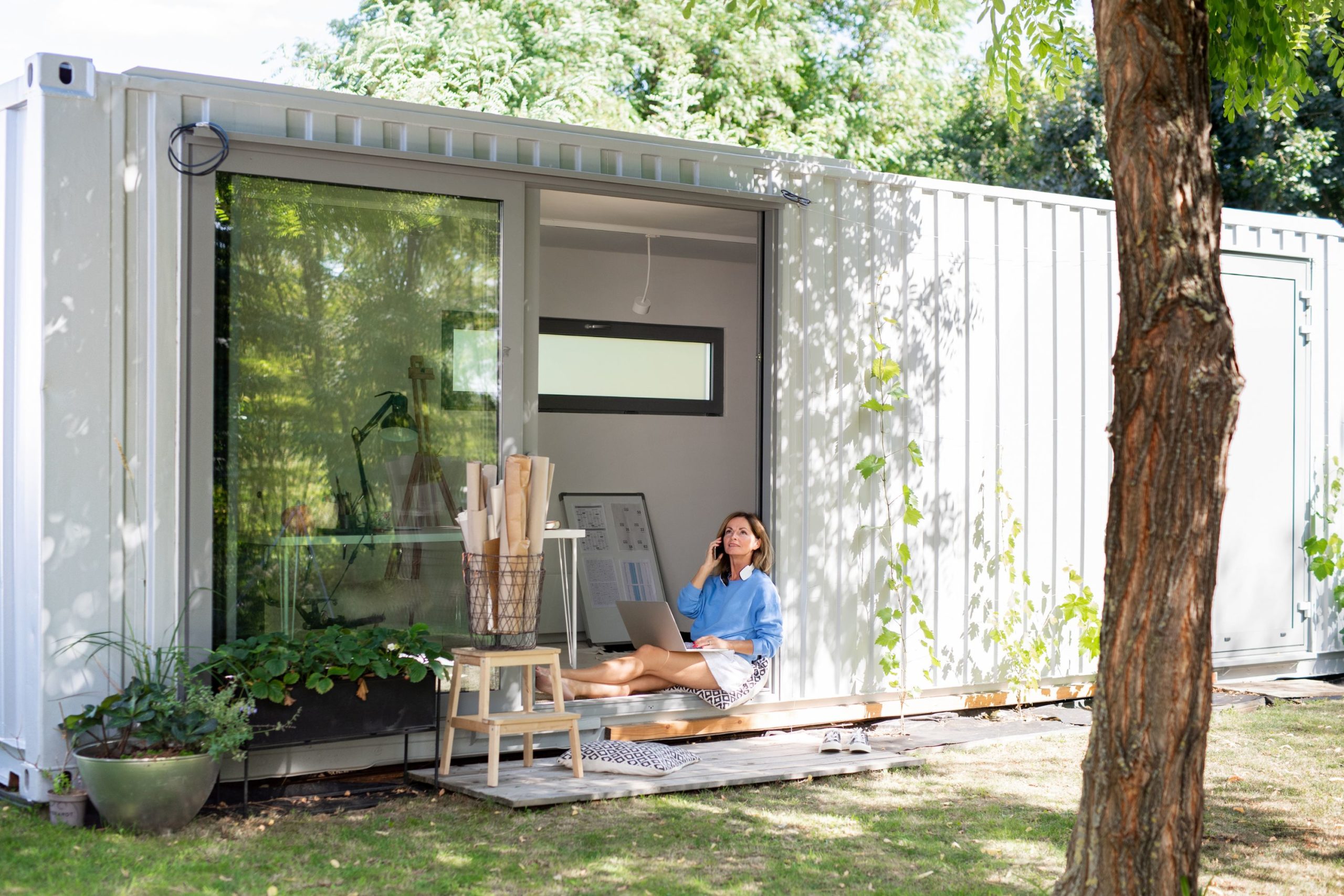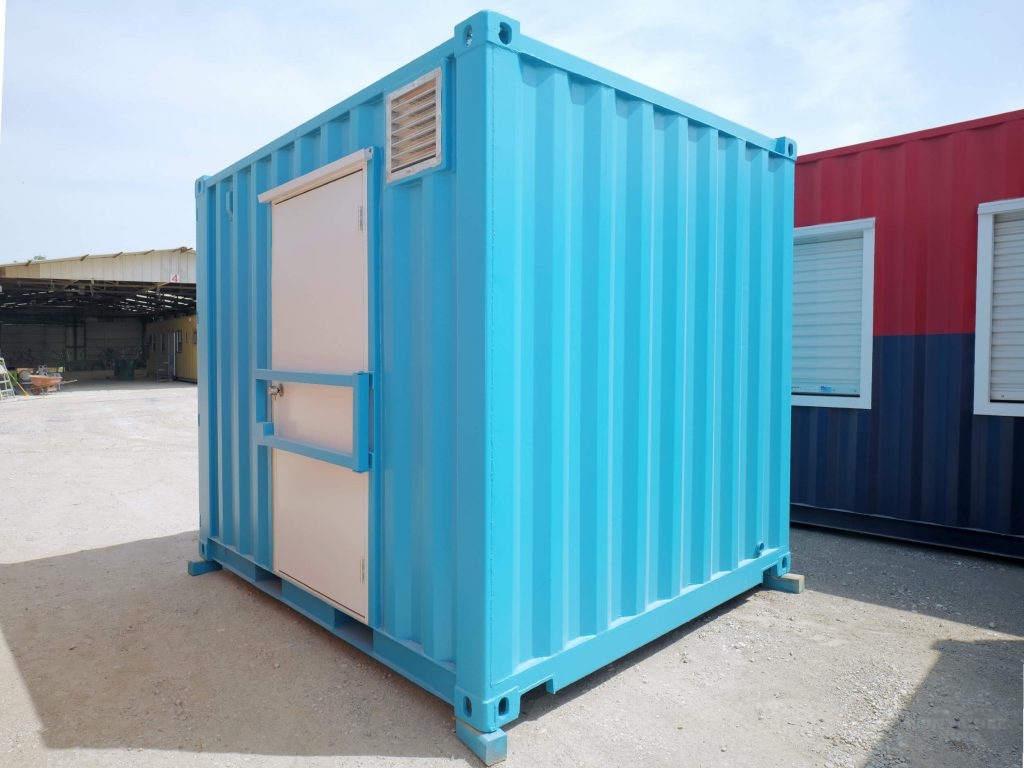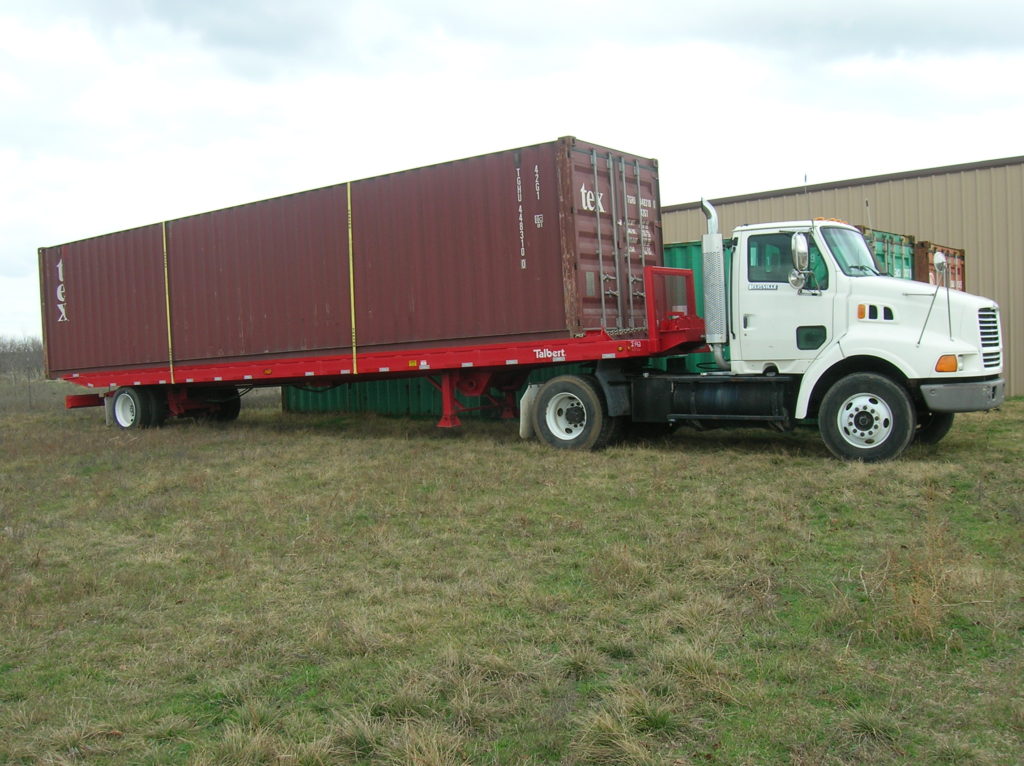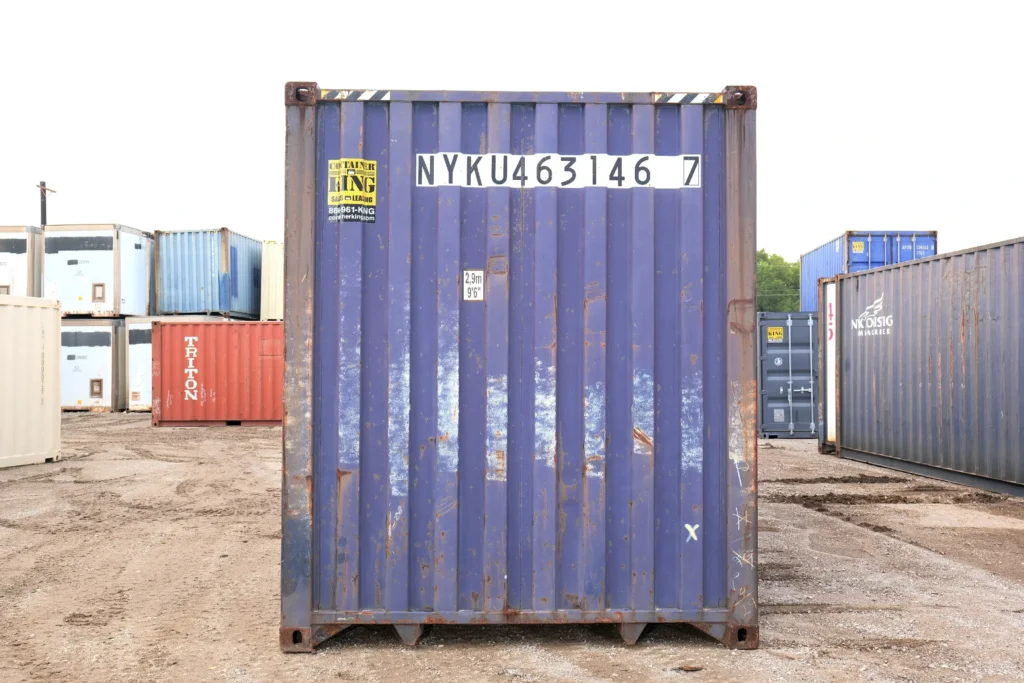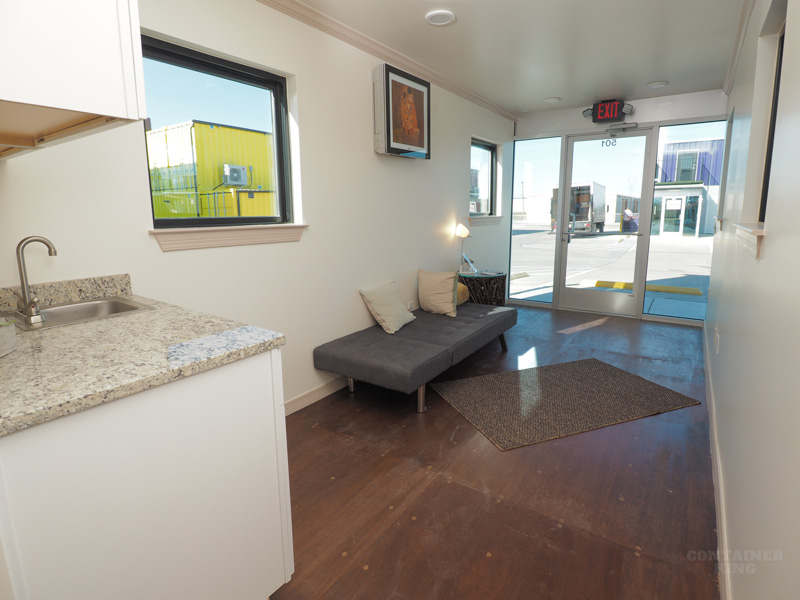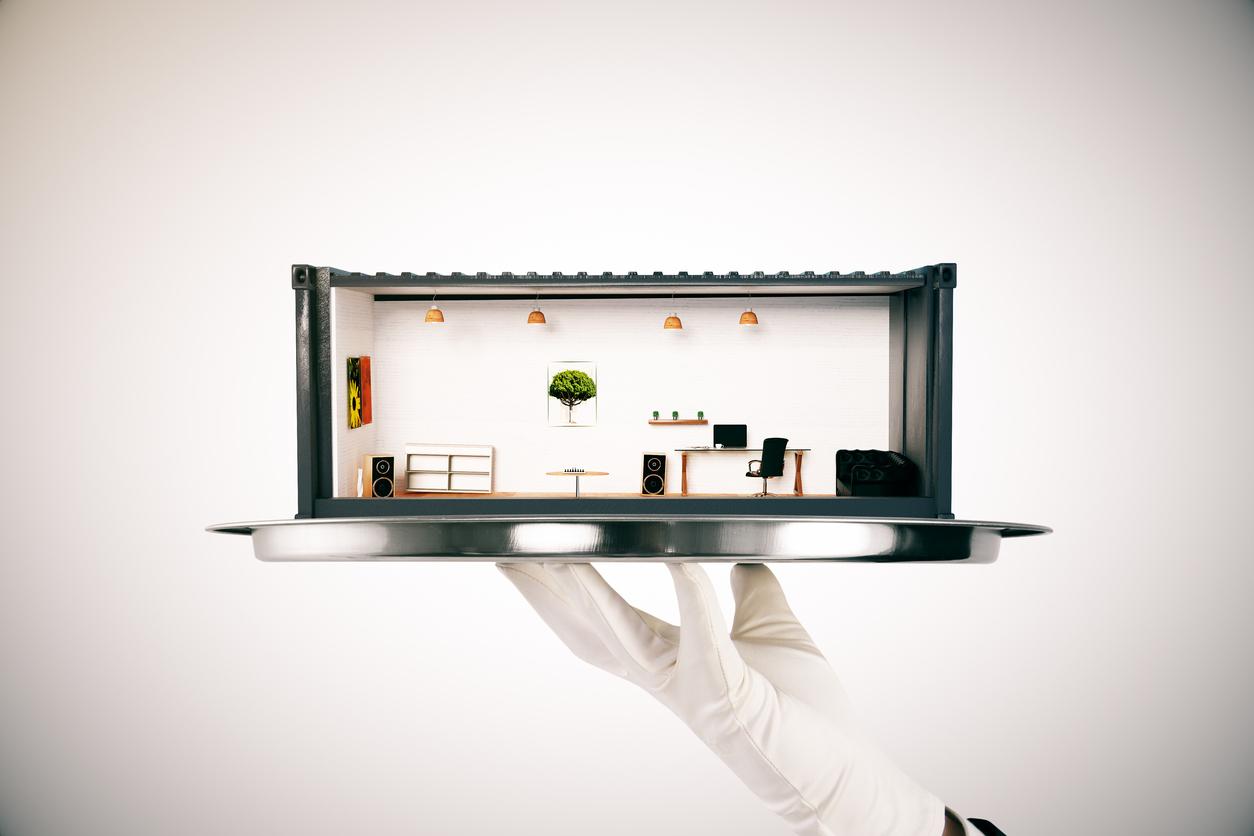10 Creative Ways to Use Portable Storage Containers
Most people consider portable storage containers temporary tools for moving day or home renovations. But in reality, these steel boxes are capable of much more.
Thanks to their durability, portability, and ease of customization, portable storage containers are becoming popular for some seriously creative projects. Whether you want to work, live, create, or hustle, a container might just be the blank canvas you’re looking for.
Here are ten ways to rethink the role of a portable storage container and turn it into something far more exciting than just a place to stash your stuff.
1. Build a Dedicated Home Office
Working from the kitchen table might have worked for a while, but if you’re serious about productivity, a private workspace is a game-changer. Portable storage containers are the perfect size to become a standalone office right in your backyard.
Essential upgrades to consider:
- Insulation and climate control to keep the space comfortable year-round
- Electricity and internet access for reliable connectivity
- Natural light from windows or skylights to boost mood and reduce eye strain
- Custom shelving and storage to stay organized
- Soundproofing if you take frequent calls or need quiet for deep focus
The result is a focused, clutter-free office that helps you separate work life from home life without needing to build an addition or rent office space.
2. Create an Art Studio That Inspires
If you’re a painter, musician, photographer, or any type of creative, you already know how essential a distraction-free environment is. Converting a container into an art studio gives you a private, quiet space to create whenever inspiration strikes.
Install climate control for your supplies, proper lighting for your craft, and the storage you need to keep tools organized. For musicians or audio creators, soundproofing can transform a room into a recording booth or rehearsal room.
A studio like this doesn’t just support your creativity. It also saves you from renting expensive commercial space or sharing with others.
3. Design a Stylish and Functional Tiny Home
Container homes are gaining popularity for a reason. They’re affordable, mobile, and surprisingly comfortable when done right. One 20-foot or 40-foot container can be turned into a compact but livable home with a kitchen, bathroom, sleeping area, and storage.
Use space-saving furniture, smart layouts, and eco-friendly materials to create a modern tiny home that costs far less than traditional construction. Whether you’re building your dream off-grid cabin or a trendy Airbnb rental, containers make it possible to live small without sacrificing comfort.
4. Open a Pop-Up Retail Store
Retail entrepreneurs and small business owners love using containers to launch pop-up shops. A container store is a flexible, eye-catching way to test new markets, showcase products, or bring a physical presence to your online brand.
Great pop-up store ideas for a container space:
- Clothing and fashion boutiques
- Handmade goods or artisan crafts
- Mobile bookstores or comic shops
- Record stores or vintage vinyl pop-ups
- Sustainable products or refill stations
- Home decor and furniture showrooms
- Seasonal shops for Halloween, Christmas, or back-to-school
- Local food or farm product markets
Outfit it with racks, shelving, lighting, and signage. You can park it in high-foot-traffic areas, events, or festivals. Best of all, if the location isn’t working out, you can move it.
It’s a lower-risk way to grow your brand and make in-person sales without the burden of a full retail lease.
5. Launch a Mobile Café or Food Stand
For those in the food and beverage world, containers are ideal for quick-service businesses. With a few customizations, a container can become a mobile coffee shop, smoothie bar, taco stand, or even a fully operational commercial kitchen.
Popular container food and drink concepts include:
- Coffee bars and espresso stands
- Juice and smoothie shops
- Taco or burrito joints
- Gourmet grilled cheese or sandwich spots
- Ice cream or frozen yogurt stations
- BBQ smokehouses or rib shacks
- Pizza ovens or flatbread cafes
- Vegan or health-conscious food stalls
It’s more affordable than a traditional brick-and-mortar restaurant, and it stands out in the growing market of mobile food vendors. Add outdoor seating, string lights, and a chalkboard menu, and you’ve got an Insta-worthy café concept that can go anywhere your customers are.
6. Build a Backyard Gym
A storage container gym is the perfect solution for fitness lovers who want a dedicated workout space without paying monthly membership fees.
Lay down rubber flooring, mount a pull-up bar, install mirrors, and bring in your gear. You can set up a full-strength training setup, a yoga studio, or even a cardio-focused space with machines. Add AC or heat, and it becomes an all-season personal fitness center.
No crowds, no wait times, no excuses.
7. Set Up a Guest Suite or Short-Term Rental
Need extra room for guests but don’t have space in the house? Want to generate passive income with a short-term rental? Portable containers make a compact but comfortable guest suite that’s easy to maintain and quick to install.
Add a small bathroom, a kitchenette, and a sleeping nook. Decorate it with cozy, modern touches, and it becomes an attractive space for family visits or paying guests.
It’s a smart, scalable option for homeowners who want to get more from their property.
8. Build a Workshop or Makerspace
If you’re a DIYer, woodworker, metalworker, or engineer, having a dedicated space to work is a must. Containers provide enough room to house tools, materials, and work surfaces in a safe and secure setup.
They’re weatherproof, lockable, and easy to customize with shelving, ventilation, and reinforced flooring. You can even install a roll-up door or side hatch for easy access to larger equipment or materials.
And when you’re done, you just lock it up and walk away.
9. Start a Container Garden or Greenhouse
For gardeners and plant lovers, storage containers offer an excellent foundation for a greenhouse or hydroponic grow room. By adding skylights or transparent panels, climate control, and vertical grow racks, you can grow year-round, regardless of weather conditions.
Whether you want to grow food for your family or launch a small-scale nursery or herb business, containers provide a secure, controlled environment that helps plants thrive.
10. Host Events in a Container Venue
This one is bold, but it’s catching on. Event planners and experiential marketers are using containers as mobile venues for pop-ups, festivals, product launches, or even weddings.
The idea is simple. Convert a container into a sleek event space, add fold-out walls, lighting, decor, and branding, and then take it anywhere. You get a portable stage or lounge that delivers impact without needing a full event hall or permanent venue.
It’s unconventional, memorable, and completely customizable.
Why Containers Work So Well
These repurposed boxes are more than just a novelty. They solve real problems with smart design and scalability. Here’s why more people are turning to them:
- Cost-effective compared to new construction or monthly rental fees
- Customizable for almost any use or layout
- Weather-resistant and built to last
- Secure with locking doors and steel walls
- Mobile when you need to relocate
- Eco-friendly when you repurpose instead of build new
Ready to Reimagine What a Container Can Do?
Portable storage containers are far more than temporary storage units. They’re a platform for creative, practical, and affordable space solutions that serve real needs. Whether you’re working, building, living, or creating, a container gives you the flexibility to make it your own.
If you’re ready to turn your idea into something real, Container King can help you plan and build a custom container that fits your vision. Reach out today to get started!

